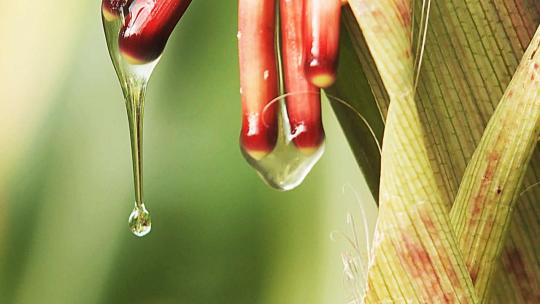"This bean was given to me by a very charismatic seed saver who led a lively workshop at the recent skill swap that I attended & taught at.
He shared some very interesting points about why it is important to save your own seeds:
...................................................................................
"Thanks to Seed Savers, Glass Gem Corn Exists
by Robin ShreevesThis stunning, multi-colored corn is real and edible, and its seeds are now in high demand. It’s a good thing someone spent time saving the seeds over the generations when the variety was out of our collective consciousness.
What is Glass Gem corn? It’s an old variety of corn with kernels that come in an absolutely stunning array of colors. It’s also a reminder that there are varieties of fruits and vegetables that we’re in danger of losing, and it would be a real shame if we lost them…"
(read more: MNN)
photograph by gnotalex/flickr
.............................................................................................
"The Roughwood Seed Collection, which now comprises about 4,000 varieties of heirloom
food plants, was begun informally in 1932 by my grandfather H. Ralph Weaver (1896-1956). During the Great Depression, when food was scarce for many households, he set out to feed his family from a one-acre plot in West Chester, Pennsylvania. Since he had been working on the Weaver family genealogy, my grandfather used his Lancaster County family connections to acquire heirloom seeds that had been grown in the Dutch Country for many generations. His passion for rare old-time varieties snowballed so that by the 1940s he managed to create one of the finest kitchen gardens in Southeastern Pennsylvania. Among the many frequent visitors to his garden was West Chester folk artist Horace Pippin from whom he acquired many rare peppers.
My grandfather’s untimely death brought an abrupt end to his chapter of the Roughwood Seed Collection story.
Some 10 years later, while a student at the University of Virginia, I discovered his seed collection at the bottom of my grandmother’s deep freezer. My grandfather knew that by freezing seeds they could be kept for a long time, so by this stroke of luck, many of his most valuable seeds were still viable when I began to tinker with them. By the mid-1970s I brought most of his original garden back under cultivation."
See also http://diygabl.tumblr.com/post/how-to-save-your-own-garden-seeds-guide







